By Harvey Weinberg
Analog Dialogue Volume 43 Number 2
As applications engineers supporting ADI’s compact, low-cost, gravity-sensitive iMEMS® accelerometers, we get to hear lots of creative ideas about how to employ accelerometers in useful ways, but sometimes the suggestions violate physical laws! We’ve rated some of these ideas on an informal scale, from real to dream land:
- Real – A real application that actually works today and is currently in production.
- Fantasy – An application that could be possible if we had much better technology.
- Dream Land – Any practical implementation we can think of would violate physical laws.
Washing Machine Load Balancing
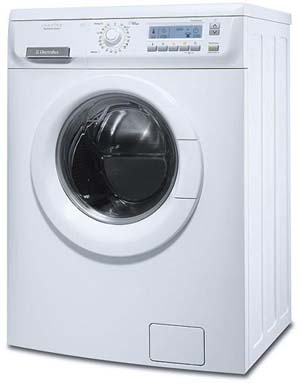 |
Unbalanced loads during the high-speed spin-cycle cause washing machines to shake and, if unrestrained, they can even “walk” across the floor. An accelerometer senses acceleration during the spin cycle. If an imbalance is present, the washing machine redistributes the load by jogging the drum back and forth until the load is balanced. Real. With better load balance, faster spin rates can be used to wring more water out of clothing, making the drying process more energy efficient—a good thing these days! As an added benefit, fewer mechanical components are required for damping the drum motion, making the overall system lighter and less expensive. Correctly implemented, transmission and bearing service life is extended because of lower peak loads present on the motor. This application is in production. |
Machine Health Monitors
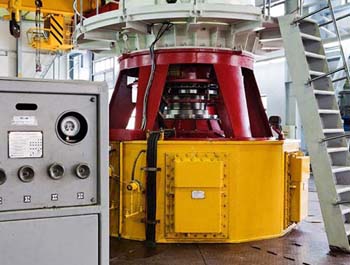 |
Many industries change or overhaul mechanical equipment using a calendar-based preventive maintenance schedule. This is especially true in applications where one cannot tolerate unscheduled downtime. So, machinery with plenty of service life left is often prematurely rebuilt at a cost of millions of dollars across many industries. By embedding accelerometers in bearings or other rotating equipment, service life can be extended without risking sudden failure. The accelerometer senses the vibration of bearings or other rotating equipment to determine their condition. Real. Using the vibration “signature” of bearings to determine their condition is a well proven and industry-accepted method of equipment maintenance, but wide measurement bandwidth is needed for accurate results. Before the release of the ADXL001, the cost of accelerometers and associated signal conditioning equipment had been too high. Now, its wide bandwidth (22 kHz) and internal signal conditioning make the ADXL001 ideal for low-cost bearing maintenance. |
Automatic Leveling
 |
Accelerometers measure the absolute inclination of an object , such as a large machine or a mobile home. A microcontroller uses the tilt information to automatically level the object. Real to Fantasy (depending on the application). Self-leveling is a very demanding application, as absolute precision is required. Surface micromachined accelerometers have impressive resolution, but absolute tilt measurement with high accuracy (better than 1° of inclination) requires temperature stability and hysteresis performance that today’s surface-micromachined accelerometers cannot achieve. In applications where the temperature range is modest, high stability accelerometers like the ADXL2035 are up to the task. Applications needing absolute accuracy to within ±5° over a wide temperature range can be handled as well. However, more precise leveling over a wide temperature range requires external temperature compensation. Even with external temperature compensation absolute accuracy of better than ±0.5° of inclination is difficult to achieve. Some applications are currently in production. |
Human Interface for Mobile Phones
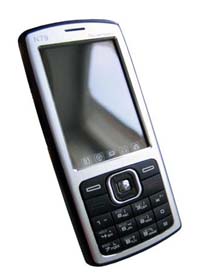 |
The accelerometer allows the microcontroller to recognize user gestures, enabling one-handed control of mobile devices. Real. Mobile phone screens eat up most of the available real estate for controls. Using an accelerometer for user interface functions allows mobile phone makers to add “buttonless” features such as Tap/Double Tap (emulating a mouse click/double click), screen rotation, tilt controlled scrolling, and ringer control based on orientation—to name just a few. In addition, mobile phone makers can use the accelerometer to improve accuracy and usability of navigation functions and for other new applications. This application is currently in production. |
Car Alarm
 |
The accelerometer senses if a car is jacked up or being picked up by a tow truck and sets off the alarm. Real. One of the most popular methods of auto theft is to steal the car by simply towing it away. Conventional car alarms do not protect against this. Shock sensors cannot measure changes in inclination, and ignition-disabling systems are ineffectual. This application takes advantage of the high-resolution capabilities of the ADXL213. If the accelerometer measures an inclination change of more than 0.5° per minute, the alarm is sounded—hopefully scaring off the would-be thief. Good temperature stability is needed as no one wants their car alarm to go off because of changes in the weather, making the highly stable ADXL213 an ideal choice. This application is currently in production in OEM and after-market automotive anti-theft systems. |
Ski Bindings
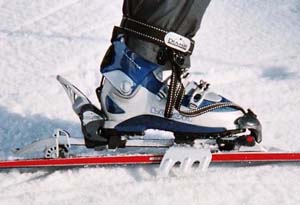 |
The accelerometer measures the total shock energy and signature to determine if the binding should release. Fantasy. Mechanical ski bindings are highly evolved, but limited in performance. Measuring the actual shock experienced by the skier would accurately determine if a binding should release. Intelligent systems could take each individual’s capability and physiology into account. This is a practical accelerometer application, but current battery technology makes it impractical. Small, lightweight batteries that perform well at low temperature will eventually enable this application. |
Personal Navigation
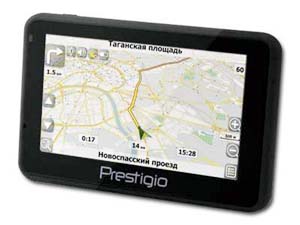 |
In this application, posit ion is determined by dead reckoning (double integration of acceleration over time to determine actual position). Dream Land. Long-term integration results in a large error due to the accumulation of small errors in measured acceleration. Double integration compounds the errors (t2). Without some way of resetting the actual position from time to time, huge errors result. This is analogous to building an integrator by simply putting a capacitor across an op amp. Even if an accelerometer’s accuracy could be improved by ten or one hundred times over what is currently available, huge errors would still eventually result. They would just take longer to happen. Accelerometers can be used with a GPS navigation system9 when the GPS signals are briefly unavailable. Short integration periods (a minute or so) can give satisfactory results, and clever algorithms can offer good accuracy using alternative approaches. When walking, for example, the body moves up and down with each step. Accelerometers can be used to make very accurate pedometers that can measure walking distance to within ±1%. |
Subwoofer Servo Control
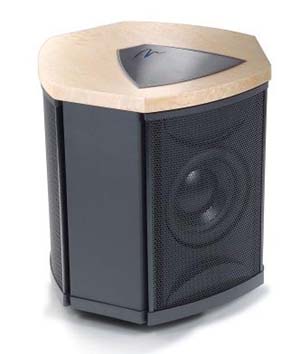 |
An accelerometer mounted on the cone of the subwoofer provides positional feedback to servo out distortion. Real. Several active subwoofers with servo control are on the market today. Servo control can great ly reduce harmonic distortion and power compression. Servo control can also electronically lower the Q of the speaker/enclosure system, enabling the use of smaller enclosures, as described in Loudspeaker Distortion Reduction.T h e ADXL19311 is small and light; its mass, added to that of the loudspeaker cone, does not change the overall acoustic characteristics significantly. |
Neuromuscular Stimulator
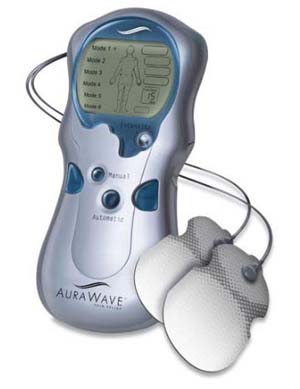 |
This application helps people who have lost control of their lower leg muscles to walk by stimulating muscles at the appropriate time. Real. When walking, the forefoot is normally raised when moving the leg forward, and then lowered when pushing the leg backward. The accelerometer is worn somewhere on the lower leg or foot, where it senses the position of the leg. The appropriate muscles are then electronically stimulated to flex the foot as required. This is a classic example of how micromachined accelerometers have made a product feasible. Earlier models used a liquid tilt sensor or a moving ball bearing (acting as a switch) to determine the leg position. Liquid tilt sensors had problems because of sloshing of the liquid, so only slow walking was possible. Ball-bearing switches were easily confused when walking on hills. An accelerometer measures the differential between leg back and leg forward, so hills do not fool the system and no liquid slosh problem exists. The low power consumption of the accelerometer allows the system to work with a small lithium battery, making the overall package unobtrusive. This application is in production. |
Car-Noise Cancellation
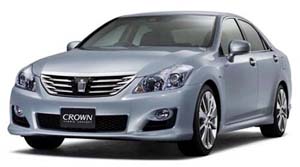 |
The accelerometer senses low-frequency vibration in the passenger compartment; the noise-cancellation system nulls it out using the speakers in the stereo system. Dream Land. While the accelerometer has no trouble picking up the vibration in the passenger compartment, noise cancellation is highly phase dependent. While we can cancel the noise at one location (around the head of the driver, for example), it will probably increase at other locations. |
Conclusion
Because of their high sensitivity, small size, low cost, rugged packaging, and ability to measure both static and dynamic acceleration forces, surface micromachined accelerometers have made numerous new applications possible. Many of them were not anticipated because they were not thought of as classic accelerometer applications. The imagination of designers now seems to be the limiting factor in the scope of potential applications—but sometimes designers can become too imaginative! While performance improvements continue to enable more applications, it’s wise to try to stay away from “solutions” that violate the laws of physics.
